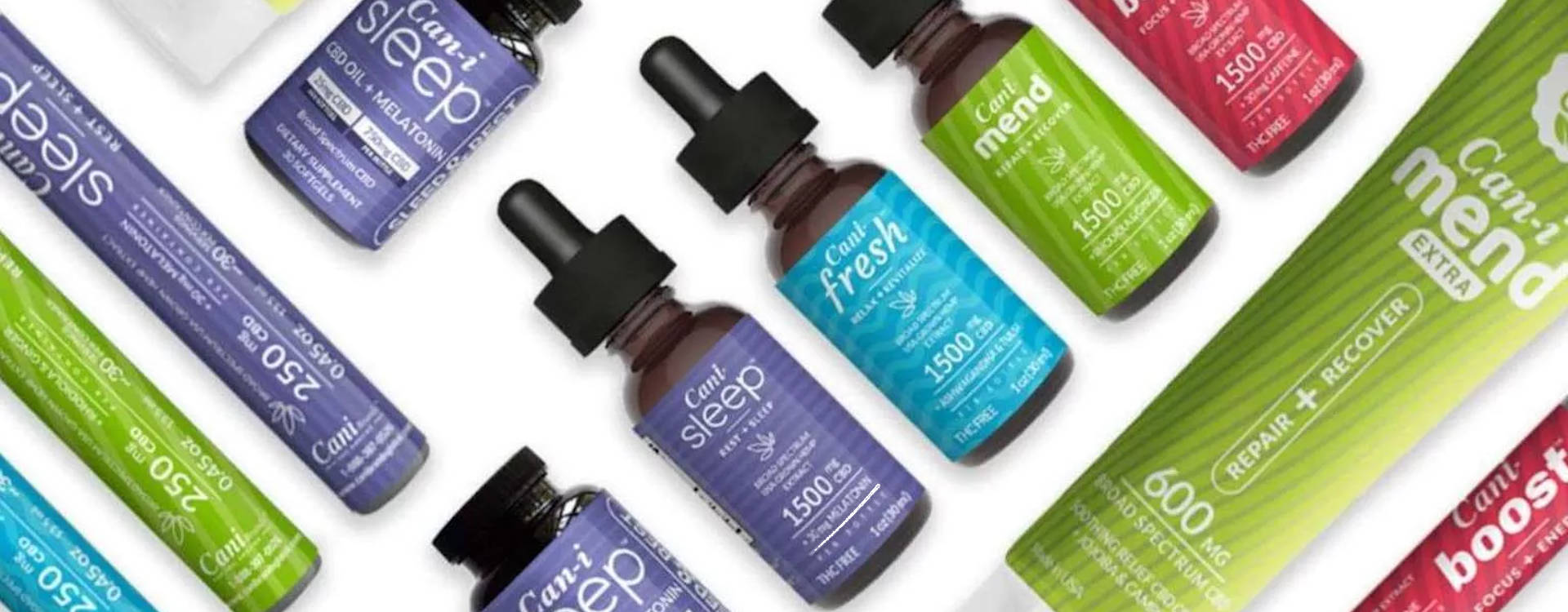We’ve known about CBD’s power for a couple of years now, but it turns out the compound is far more versatile than we thought.
Today, people from athletes to elders to business people are using CBD. But do we know anything else about who is taking CBD?
Thankfully, with The CBD Insider’s 2019 US CBD Consumer Report—one of the only statistically significant studies on this subject in existence—the industry and customers now have valuable information at their fingertips.
We’ll look at CBD consumer demographics from a few angles:
- CBD Consumers By Age
- CBD Consumers By Gender
- CBD Consumers By Military Status
- CBD Consumers By Location
- CBD Consumers With Disabilities
- The Most Popular CBD Dose
CBD Consumers By Age
First thing’s first: some age groups rely on CBD more than others, and they aren’t necessarily the groups you might think. According to The CBD Insider’s report, CBD is actually most popular among millennials:
- 36% of current consumers are age 18-34
- 21.4% of current consumers are age 35-44
- 17.1% of current consumers are age 45-54
- 25.5% of current consumers are age 55 and older
More than one third (36.9%) of past consumers were among the 55+ demographic, implying that some people in this group were less than happy with their CBD products or the results.
On the bright side, the 55+ demographic does have a lot of potential. Almost half (47%) of potential CBD consumers were in this group.
CBD Consumers By Gender
Although CBD may affect men and women differently, the split between them is pretty even: 50% of current consumers are female, and 49% are male (1% preferred not to answer).
The reasons men and women take CBD can still be quite different.
Women tend to take CBD more than men for mood (46.9% vs. 29.3%) and relaxation (58.6% vs. 42%). Men are more likely than women to take CBD for energy (28% vs. 18.5%), general health (32.5% vs. 25.3%), and—surprisingly—skin care (14% vs. 8.6%).
CBD Consumers By Military Status
The US military has been less than friendly towards CBD in the past, warning that CBD products could lead to failed drug tests and jeopardized careers.
“It’s important for both uniformed and civilian Airmen to understand the risk these products pose to their careers,” Air Force Major Jason Gammons reiterated in an official statement.
Juxtaposed against these official warnings is CBD’s potential to help military members with their biggest health challenges: PTSD, chronic pain, and more.
Which side is military personnel choosing to take?
According to The CBD Insider’s data, several of them are still choosing CBD: a whopping 20.2% of current consumers are past or present military members.
Another piece of good news: it’s reasonable to believe this number may trend up in the future. That’s because the US Department of Veterans Affairs (VA) is currently studying CBD’s effects as we speak, though they’re still cautious for now.
“We have a very long way to go to understand the effects of everything in the cannabis plant,” says study lead Dr. Mallory Loflin.
That said, Loflin has her theories.
As she explains in an interview on the VA’s website, “past research suggests that CBD can increase extinction learning in PTSD. This has to do with people ‘unlearning’ unhelpful responses and behaviors they’ve developed in the wake of trauma.”
CBD Consumers By Location
Location is also pretty central to the CBD experience:
- 20.6% of current consumers are from Northeast
- 16.2% of current consumers are from the Midwest
- 38.3% of current consumers are from the South
- 24.9% of current consumers are from the West
A plurality of CBD consumers is from the South, which makes sense because it was the largest population of the four regions, and 44.5% of respondents to the survey reported living in the South.
CBD Consumers With Disabilities
Approximately one quarter (23.9%) of current CBD consumers are disabled. These data make it apparent that people with severe health challenges are more inclined to take CBD.
Longtime advocates for disabled groups think there’s something to CBD, too.
A Voice of Reason (VOR) explains on their website that “the use of Cannabidiol (CBD Oil) […] may offer significant benefit to some individuals with disabilities suffering seizures or pain.” And while VOR “expressly does not take a position on the effect of CBD oil,” they’re all for providing helpful info.
The Most Popular CBD Dose
When it comes to CBD, dosing is everything. Take a low dose, and you might feel energized; take a high dose, and you might feel a little sedated.
Among all age groups of current CBD consumers, serving sizes of 25mg or less are most popular. Those 44 and under are more likely to take higher servings of more than 55mg than those 45 and older.
The older age groups (45-54 and 55+) are far more likely not to know how much CBD they’re taking. More than a quarter (25.5%) of those aged 45-54 and over one third (36.6%) of those aged 55+ did not know how much CBD they took. Only about one in ten (12%) millennials aren’t sure how much they’re taking, which is the lowest percentage among all four age groups.
Want More Consumer Insights?
To see more findings from our report and learn more about CBD, visit us at The CBD Insider.

